The ASEAN Community (AC), expected to be formed on December 31 this year, will create a single market with freely moving capital, goods, services, investment and skilled labour, bringing about both opportunities and challenges for Vietnamese workers.
According to the report “ASEAN Community 2015: Managing integration for better jobs and shared prosperity” compiled by the International Labour Organisation and the Asian Development Bank, the AC will have a combined gross domestic product (GDP) of 2.2 trillion dollars once it takes shape, an average per capita income of 3,100 dollars/year, but the figure will vary considerably from 1,000 dollars in Cambodia and Myanmar to 50,000 dollars in Singapore.
The substantial income gap could trigger labour migration within ASEAN, opening up new opportunities for skilled workers yet posing challenges to the unskilled.
Through mutual recognition arrangements, ASEAN countries have allowed employees in eight professions (doctors, dentists, nurses, accountants, surveyors, architects, engineers and tourism professionals) to seek employment freely within the bloc shortly after the AC is formed. They belong to the group of high quality and professional graduates from university, proficient in foreign languages, specifically English.
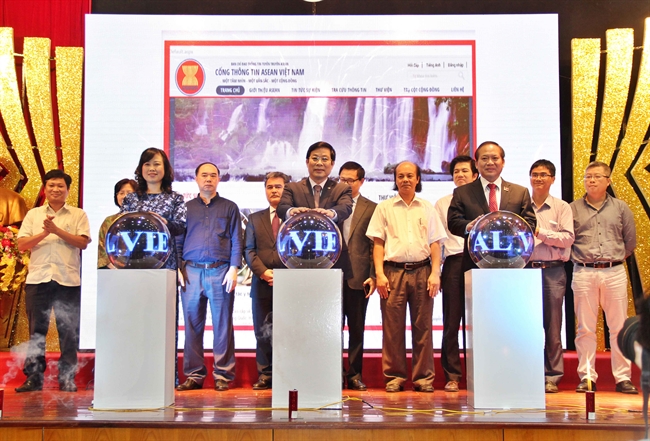 Vietnam has launched a website on ASEAN to help Vietnamese find information about ASEAN Community,
Vietnam has launched a website on ASEAN to help Vietnamese find information about ASEAN Community,
including labour and job related issues. Photo: Minh Quyet/VNA
 At the 10th ASEAN Skill Competition held in Hanoi in 2014, Vietnam ranked 1st with 15 gold medals.
At the 10th ASEAN Skill Competition held in Hanoi in 2014, Vietnam ranked 1st with 15 gold medals.
Photo: Anh Tuan/VNA
The statistics of the Vietnamese Ministry of Labour, Invalids and Social Affairs (MoLISA) show that the country will be one of the biggest beneficiaries from the AC’s formation. About 6 million jobs will be provided by 2025, accounting for 9.5% of the total new employment options in ASEAN. However, the quality of employment is not high and 65% of new employees are vulnerable (the highest rate in the region)
Vietnam has an abundant workforce which numbered 53.7 million people in 2014 from 51.4 million in 2011. It has steadily increased every year, however, the growth rate tends to go down from 1.1% in 2011 to 0.5% in 2014. Vietnam’s labour workforce is rather young with 50.2% aged from 15-39. The rate of workers who were trained and received training certificates is quite low at 18.7% in 2014, an increase of 3.1% from 2011.
The quality of Vietnamese workers has been improved and the rate of trained workers increased from 30% to 50% within ten years, meeting certain requirements of the regional labour market. The technical workforce has step by step mastered new scientific technology. Some of them are capable of taking responsibility for jobs requiring high skills that were only taken by foreign experts in the past. Vietnam has also sent large numbers of guest workers to other ASEAN nations, especially Malaysia, with thousands of people going abroad each year to work in various professions. Many branches of Vietnam’s banks and enterprises operate effectively in Laos and Cambodia, showing the rapid integration of Vietnam.
The country has also established itself as a leading competitor at the ASEAN Skills Competitions, ranking first on three separate occasions at the 10 organised events and has continually been among the top three countries, illustrating locals’ readiness to join the ASEAN Community (AC).
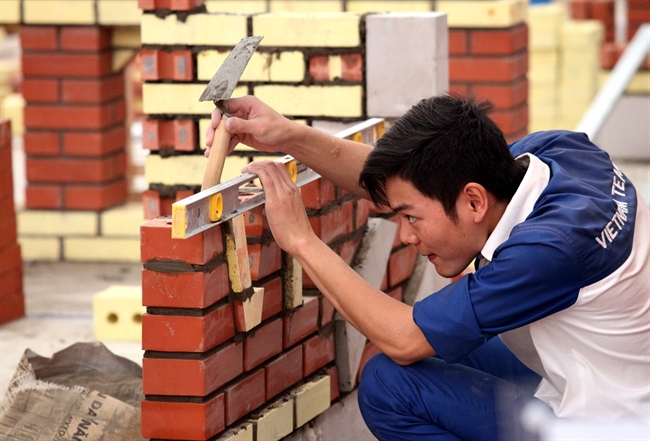 A Vietnamese participates in the construction contest at the 10th ASEAN Skills Competition in 2014.
A Vietnamese participates in the construction contest at the 10th ASEAN Skills Competition in 2014.
Photo: Anh Tuan/VNA
 Vietnam is regarded to have a young labour force with high skills. Photo: VNP’s file
Vietnam is regarded to have a young labour force with high skills. Photo: VNP’s file
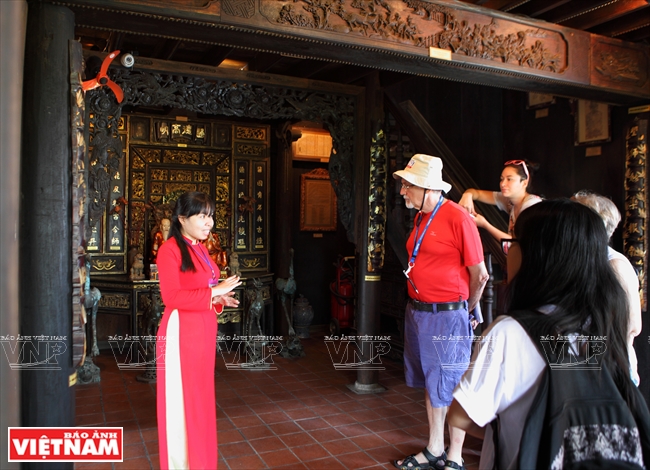 Tourism is among 8 professions that ASEAN countries allow free movement of labour for job seeking after
Tourism is among 8 professions that ASEAN countries allow free movement of labour for job seeking after
the establishment of ASEAN Community, therefore it will face tough competition. Photo: Nguyen Luan/VNP
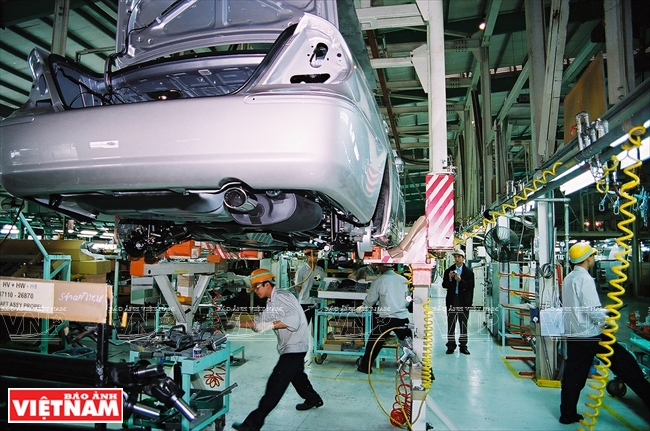 It is predicted that Vietnam will considerably benefit from the ASEAN Community formation with increasing jobs and productivity,
It is predicted that Vietnam will considerably benefit from the ASEAN Community formation with increasing jobs and productivity,
especially in industrial areas. Photo: VNP’s file
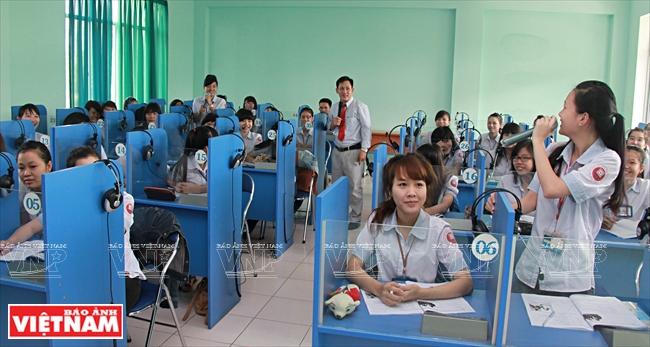 In order to increase the quality of the labour force, Vietnam needs a strategy of training, especially in foreign languages,
In order to increase the quality of the labour force, Vietnam needs a strategy of training, especially in foreign languages,
thus elevating its integration capacity. Photo: VNP’s file
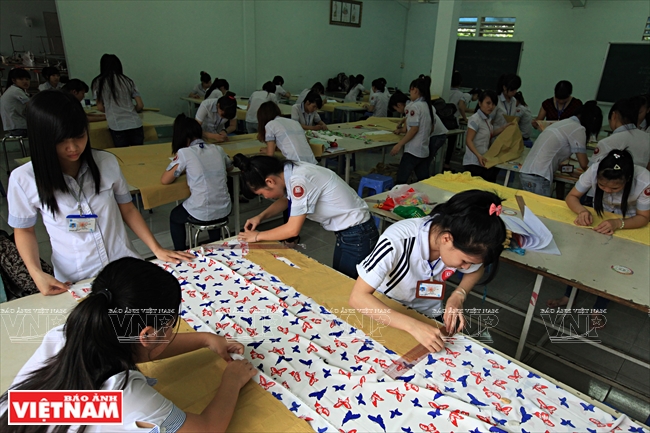 Vietnam needs to innovate vocational training, connect training with the labour market
Vietnam needs to innovate vocational training, connect training with the labour market
and enhance international cooperation on vocational training. Photo: Kim Phuong/VNP
However, an array of challenges are also facing Vietnam. As agriculture constitutes the majority of Vietnam’s economy, the rate of the workforce taking part in the official labour market is low, accounting for only 30%. Additionally, local labourers’ knowledge, skills and readiness for working in other ASEAN countries have been deemed inadequate to meet the demand for development and integration. Almost all the employees in agriculture are untrained.
The World Bank said Vietnam is experiencing a serious shortage of skilled and technical workers and is lagging behind developed countries in the region in terms of manpower quality. Local labourers’ knowledge, skills and readiness for working in other ASEAN countries have been deemed inadequate.
To solve the above challenges and improve the quality and competitiveness of the Vietnamese labour force in the domestic and international markets, especially when the AC is formed, Vietnam needs to continue overhauling legal regulations regarding labour, employment and vocational training, make short- and long-term forecasts, connect the domestic labour market with ASEAN counterparts and seek suitable overseas markets for its workers.
Vietnam should reform its professional education structure in its national education system; strengthening conditions to ensure quality and renew vocational training; linking training with the labour market and the participation of enterprises, and promoting international cooperation in vocational education.
The state bodies should draft measures to orient and help labourers become equipped with professional knowledge, skills, foreign languages, and information about the countries they will work in to be able to swiftly integrate into the local society and workplaces.
By VNA/VNP